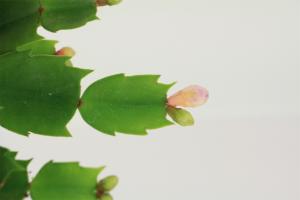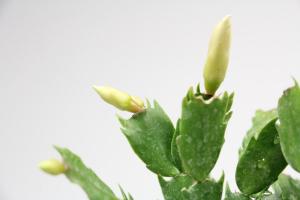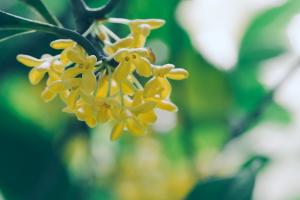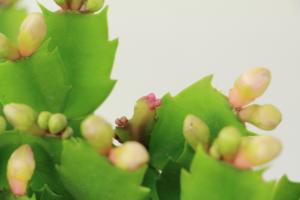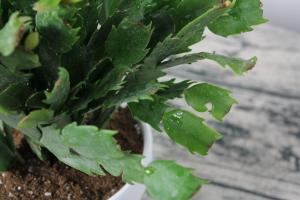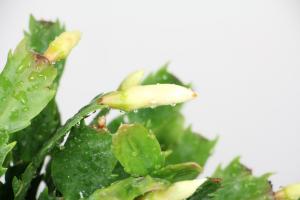1. Grafting time
You can choose the period from the end of spring to the beginning of summer, or from the end of summer to the beginning of autumn. However, practice has proved that the effect of late spring and early summer is good and the survival rate is high
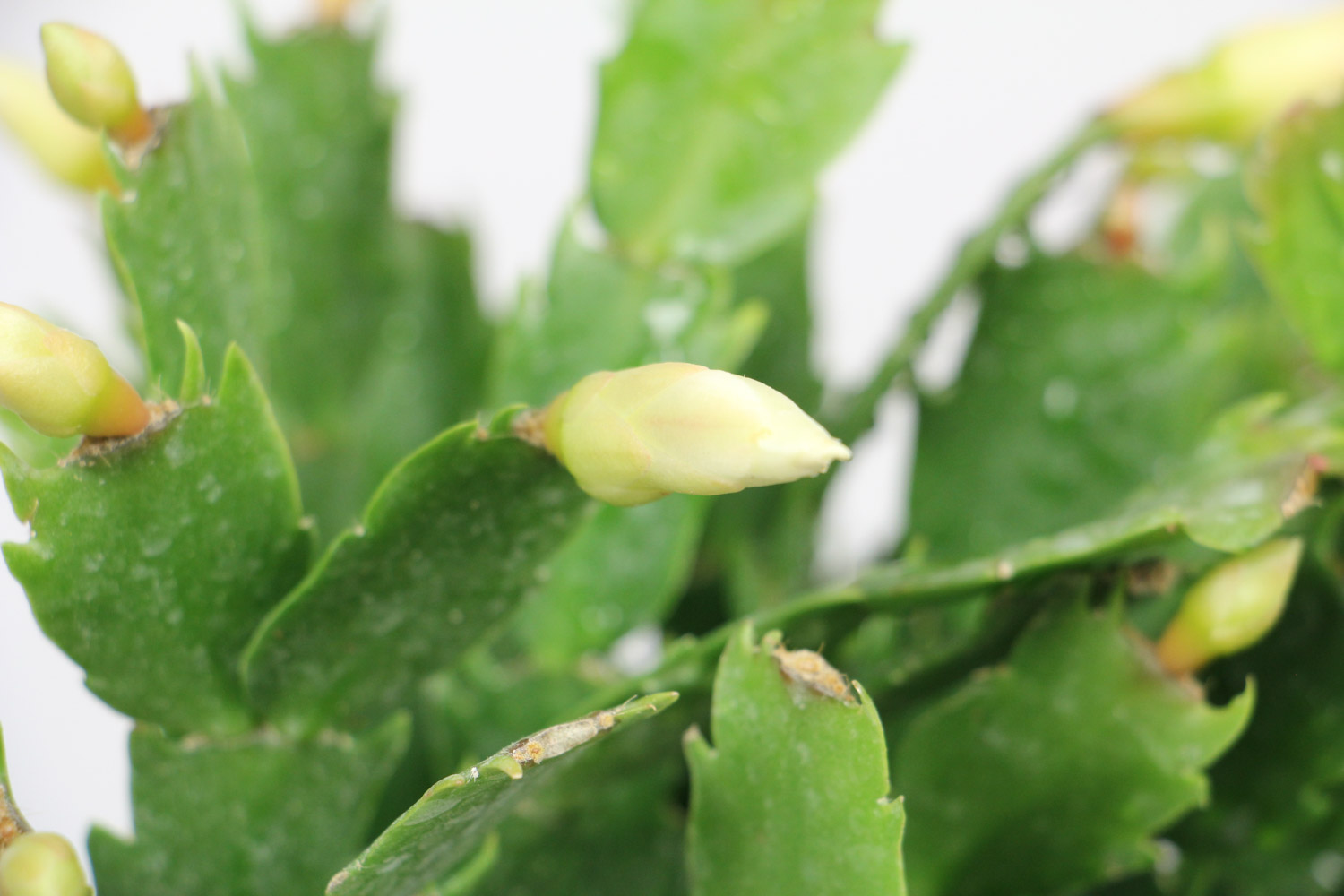
2. Grafting steps
(1) The first is rootstock, usually cactus. Choose branches that grow vigorously and are free from diseases and pests, with a length of about 8 to 12 cm. After taking it off, cut its lower part into a flat mouth. Then insert it into the sandy soil. After about two to three months, it can be used as rootstock
(2) A robust crab claw was selected as the mother plant. Choose the one with three or four cm long branches as the best scion. Cut its lower end into a wedge with a sterilized blade
(3) Insert a 1.5 to 2 cm deep groove from the center of the top of the rootstock as the interface, and then insert the treated crab claw scion. Try to be fast
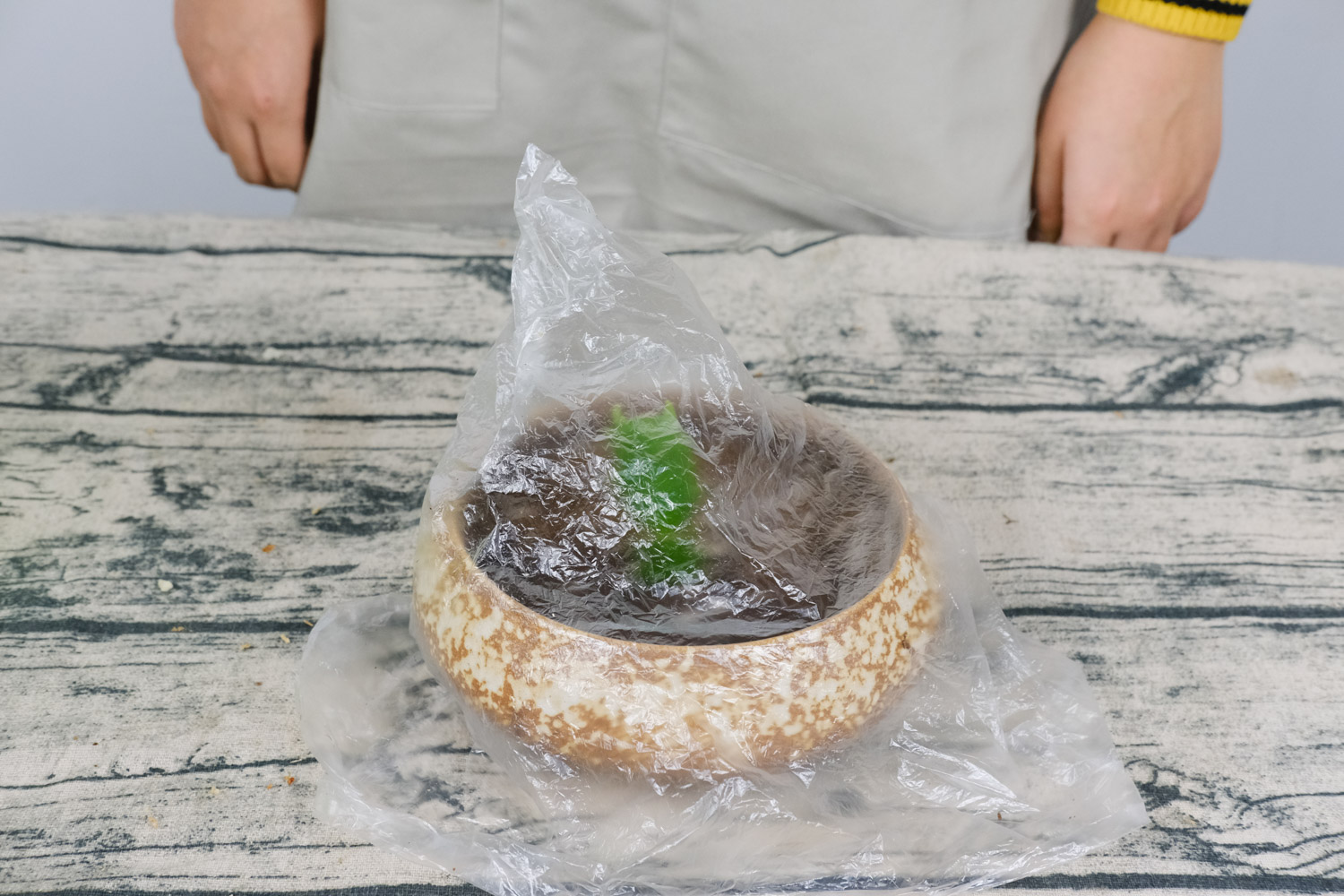
3. Post curing
(1) Shading: just after grafting, it is very easy to lose water, resulting in plant wilting. Therefore, it must be placed in a shady place to avoid water evaporation too fast
(2) Water and fertilizer: watering should be appropriate, and the soil can be slightly wet. The fertilizer will be applied about a month later, when the plant has survived and needs nutrients to grow
(3) Pest control: it is easy to occur after grafting and should be controlled in time
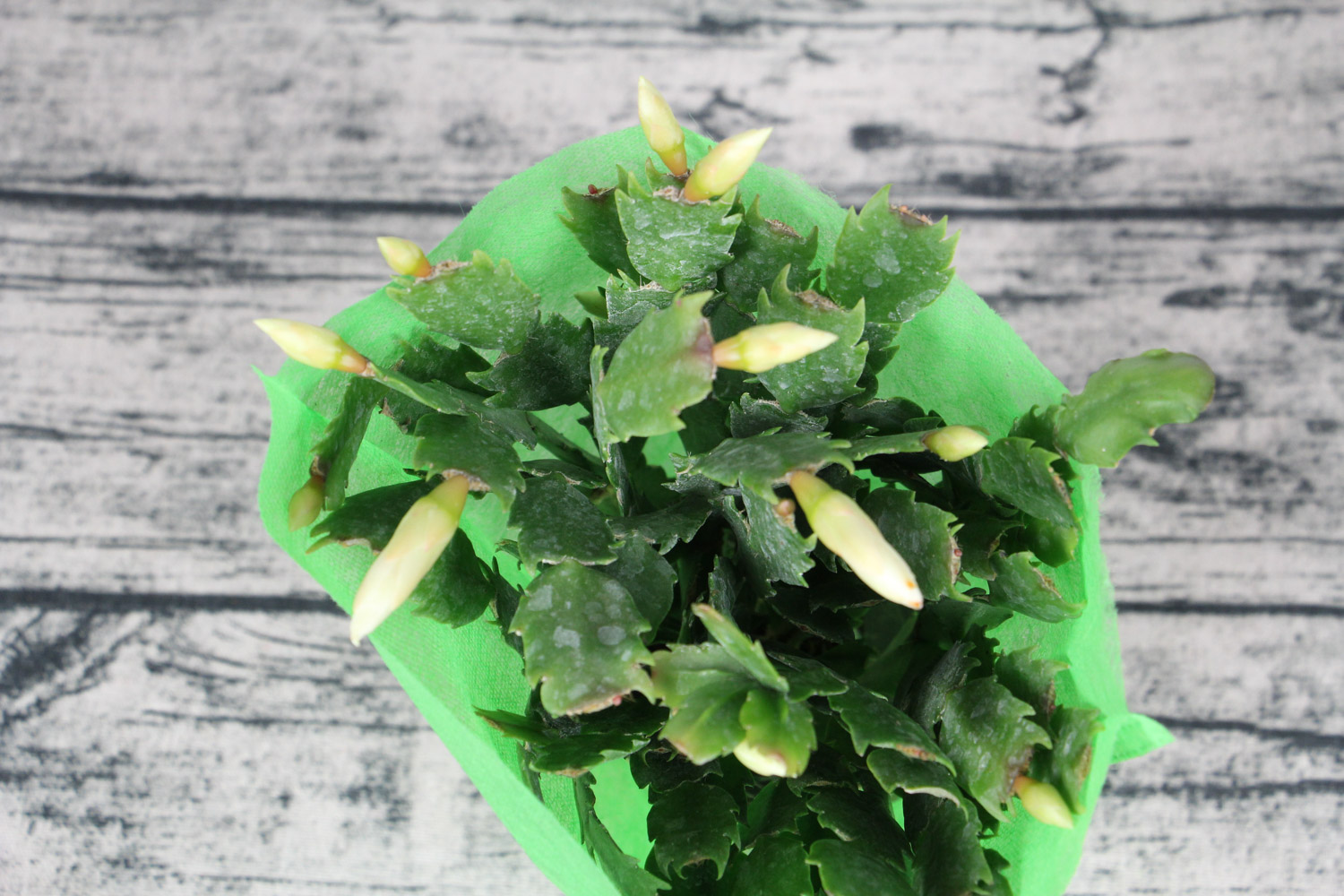

 how many times do yo...
how many times do yo... how many planted tre...
how many planted tre... how many pine trees ...
how many pine trees ... how many pecan trees...
how many pecan trees... how many plants comp...
how many plants comp... how many plants can ...
how many plants can ... how many plants and ...
how many plants and ... how many pepper plan...
how many pepper plan...